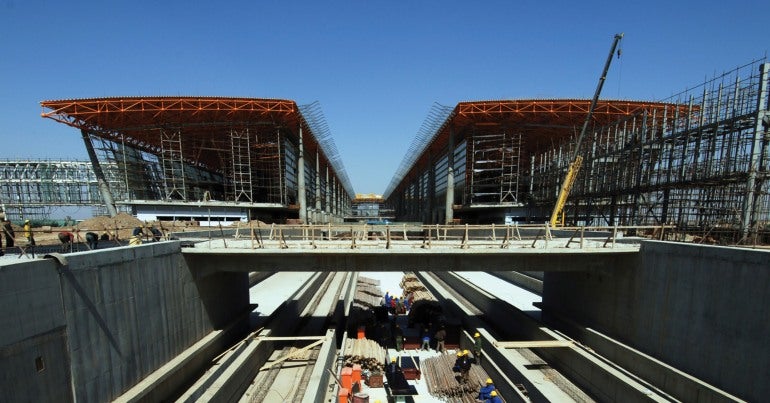 The federal government says the Canada Infrastructure Bank (CIB) will play a major role in its post-COVID economic agenda. Municipal officials across Canada have already encountered proposals for major infrastructure projects developed and financed through the Bank. But is this really the only option? Is it the best option?
The federal government says the Canada Infrastructure Bank (CIB) will play a major role in its post-COVID economic agenda. Municipal officials across Canada have already encountered proposals for major infrastructure projects developed and financed through the Bank. But is this really the only option? Is it the best option?
The CIB is mandated to attract private investment into public infrastructure projects. Projects developed through the Bank are required to be revenue-generating, meaning they will charge the public user fees or tolls – directly or indirectly – to generate a steady stream of revenue for private investors. CIB projects will give corporations and private investors long-term control of, and profits from, community infrastructure through private lending, private operation and maintenance, private project design, and unsolicited private bids. No matter what buzzwords are used to describe this, it boils down to one thing: the privatization of our public assets.
For municipalities considering Canada Infrastructure Bank projects, the following 10 questions are crucial in terms of protecting public services, local democracy, and the public interest.
- Who proposed this project? Was it an unsolicited pitch from a private corporation? Does it meet an identified priority of the municipality and its residents?
- Does the project integrate with existing systems and infrastructure? Will this project require adjustments or upgrades to any other existing infrastructure or systems? If so, what will that cost be and who will pay?
- How will revenue be generated? What is the private proponent’s expected rate of return on any lending or investment? Will the municipality ultimately be responsible for the private proponent’s revenues? Who will be liable for cost overruns or project deficiencies?
- What level of public scrutiny will the project undergo? How transparent will the approval and planning process be? Will there be public consultation, including on whether the project should be privately financed, owned or delivered?
- Have all other sources of financing and funding been explored? Is any low-cost public financing available? Does the project fall within the scope of another federal or provincial infrastructure funding instrument?
- What is the cost of the project, and what is the long-term financial commitment of the municipality? Has a full costing comparison between the bank-structured project and a publicly financed, owned and operated project been done for the full lifetime of the project? Have the detailed information and calculations been made public?
- What impact will the project have on the local economy and on workers’ jobs, pay, and benefits? Will user fees be imposed, and if so, has there been a study of the impact user fees will have? Will the project staff (at each stage) be guaranteed good salaries, benefits, and working conditions?
- Are the staff, planners, or consultants involved in the project independent from the bank and from the prospective private partner, or do they stand to benefit directly from the project? How will conflicts of interest be addressed?
- Does the municipality have the capacity and resources to properly evaluate, administer and monitor a contract of the length, scale, and complexity being proposed?
- Does the project allow the flexibility to make future changes, in case the facility or system is not meeting the public interest?
For more on the value of public infrastructure and risks of privatization visit cupe.ca/municipalities.



